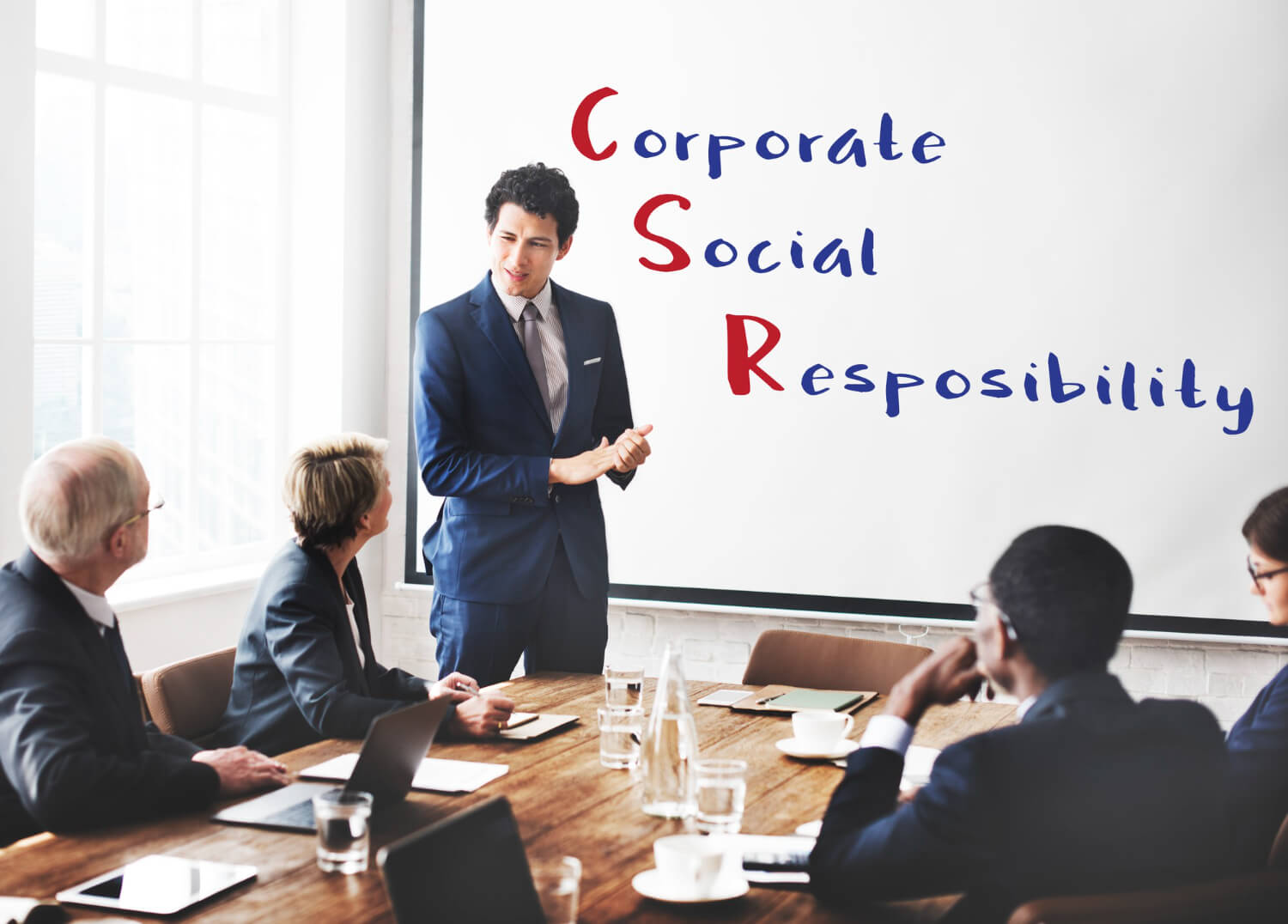Often the transition time between Executive Directors is a difficult and caretaker time for nonprofits. But if a Board lets it be just that it may not be taking advantage of an important opportunity. The transition – or interim time – can be a valuable, building block and stepping stone period for the next Executive Director’s success.
In my work, a favorite project is assisting small nonprofits in their search for a new executive director. I have developed a cost effective process that is very effective in identifying outstanding ED candidates and efficiently choosing finalists. But frankly, I haven’t thought much about the interim period for nonprofits between permanent EDs…until now. I currently chair the Search Committee for a new pastor for my church congregation. This truly a huge and humbling responsibility and fortunately I am part of an extremely capable Search Committee. The Church’s governing body has hired an interim pastor and he is not involved in nor can be a candidate for our next permanent pastor according to our church rules. However, reconciling the past and preparing for the future are part of what is in his contract. I have read his contract over and over and I am impressed with some of the listed responsibilities. Here are some highlights:
The interim period is seen as prime time for renewal, re-energizing the parish in its life and mission.
Specific tasks include:
1) Coming to terms with the history of the congregation and its relationships with previous clergy.
2) Discovering the congregation’s special identity, what it dreams of being and doing apart from previous clergy leadership.
3) Dealing with shifts in leadership roles that naturally evolve in times of transition, allowing new leaders to come to the fore constructively.
4) Renewing and reworking relationships with the Diocese, so that each may be a more effective resource and support to the other.
5) Building commitment to the leadership of the new rector in order to be prepared to move into the future with openness to new possibilities.
That’s a tall order. But step back a moment and think about it. If done right it lays a lot of groundwork for the future success of our new pastor who will be called to lead our congregation.
All of this has made me think of how important this interim phase is to nonprofits – especially small and midsize organizations. This is a time of uncertainty and it can me marked by anxiety, impulsive change by temporary leaders, reduced fundraising, etc., etc.. Or it can be a time of understanding who you have been, who you are now, and what are your dreams of becoming. It should be a time of “renewing and reworking” your relationships with major funders and key supporters. And it should be a time of preparation for willingness to adapt to a new leader with a new approach, personality, style and goals.
I have seen a wide range of transitions to new executive directors – both as a consultant and as a Board Member. And for the first time, I am learning how valuable this phase can be.
Each transition to a new Executive Director is unique and therefore the plan for each must also be unique. You may be hiring a first executive director or replacing a founder who ran the place “his way” for the last 25 years. The ED may have quit after a short tenure or may have left under less than ideal circumstances. The ED may have just left for a better paying job closer to home. Whatever is the case the Board should plan to make the interim period be a valuable time rather than just a caretaking period. Here are just a few thoughts on this matter for boards to help with the transition.
Conduct and Exit Interview
There are basic HR functions that should occur with an exit process but in addition at least two Board members should interview an exiting ED in order to gain insight that will be helpful with the next ED. You should ask about any key concerns that the person has with the organization and Board and what they see as the organizational priorities, strengths and weaknesses.
What Needs to be Accomplished in the Interim
Based on the unique issues facing your organization, develop a clear list of responsibilities and goals for the Interim ED. Make it more than just “keeping the ship afloat.”
Communication
Communicate the Board’s commitment to the mission and the future to all constituents including staff, funders, volunteers and supporters. Share the search process and hoped for timeline for a new ED to be in place. Encourage contact with the interim leadership.
This is a good time to hold meetings with your various constituents to see how they view the issues and priorities for the organization. This information can be helpful as you get further into your search process and what you are looking for in a new ED takes on more clarity.
The Right Welcome
The Board needs to take a leadership role in welcoming the new ED. Make sure it is announced with fanfare – press release, email blast and reception. Board members should accompany the new ED on a first visit to funders and major donors.
I am considering developing a model for a “Transition Retreat for Boards and Other Constituents. What do you think? What do you suggest I include in such a model? Please leave your comments.
 I have been publishing the Wishlist of Books for Nonprofit Folk for seven years at my blog Marion Conway – Consultant to Nonprofits. It is always my most popular post of the year and is visited throughout the year. It is a curated list. I invite nonprofit thought leaders to contribute to it each year and the list is actually made up of recommendations that they have made. This year’s contributors include: Debra Beck, Kathleen Brennan, Heather Carpenter, Pamela Grow, John Haydon, Beth Kanter, Andrea Post, Ash Shepard, Amy Sample Ward and Robert Weiner.
I have been publishing the Wishlist of Books for Nonprofit Folk for seven years at my blog Marion Conway – Consultant to Nonprofits. It is always my most popular post of the year and is visited throughout the year. It is a curated list. I invite nonprofit thought leaders to contribute to it each year and the list is actually made up of recommendations that they have made. This year’s contributors include: Debra Beck, Kathleen Brennan, Heather Carpenter, Pamela Grow, John Haydon, Beth Kanter, Andrea Post, Ash Shepard, Amy Sample Ward and Robert Weiner.



















